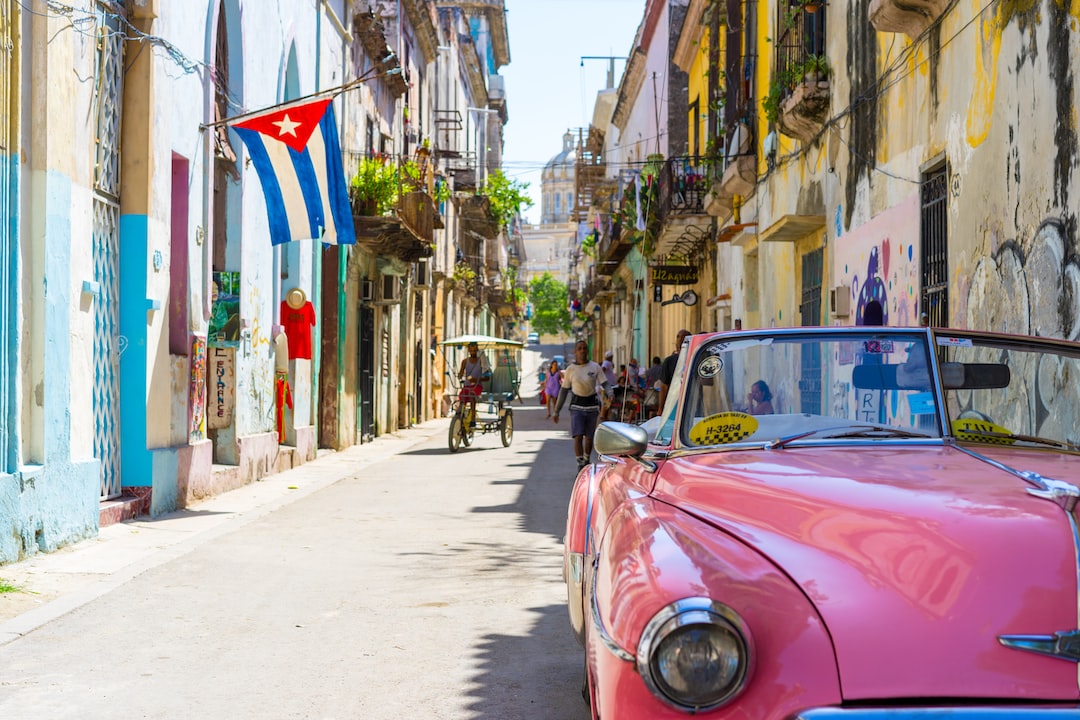Winter is a magical season to travel, especially for skiing enthusiasts. Europe, considered to be the birthplace of skiing, boasts some of the world’s best skiing destinations, including skiing resorts that cater to all levels of skiers and snowboarders. So, if you plan to hit the slopes this winter, here are some of the best skiing destinations you should consider.
Chamonix, France
Located in the heart of the French Alps, Chamonix is one of the best skiing destinations in Europe. The resort offers spectacular views of Mont Blanc, the highest peak in Europe, and has a wide range of ski runs that cater to all levels of skiers. The resort is also famous for off-piste skiing, which is ideal for adrenaline junkies. Moreover, Chamonix has a lively après-ski scene, and visitors can enjoy delicious French culinary experiences while sipping champagne or tasting some of the best French wines.
Zermatt, Switzerland
Zermatt is another ski resort located in the Swiss Alps, and it’s renowned for its breathtaking views and fantastic skiing conditions. The resort is famous for its long ski runs, some of which are over 25km. Visitors can enjoy both beginner and advanced skiing slopes, with over 360km of ski runs. Moreover, Zermatt’s car-free environment adds to the charm of the resort, making it one of the most romantic skiing destinations in Europe.
St. Anton, Austria
St. Anton am Arlberg is an Austrian skiing resort located in Tyrol, and it’s one of the largest ski areas in the Alps. The resort is famous for its lively après-ski scene, with numerous bars and restaurants offering Austrian cuisine. St. Anton offers visitors diverse ski slopes, including a dedicated skiing area for beginners. Additionally, the resort caters to off-piste skiing enthusiasts, with over 200km of terrain for backcountry skiing.
Sölden, Austria
Sölden is another skiing resort in Austria that offers visitors a unique skiing experience. The resort has snow all year round, and visitors can ski on one of the longest ski runs in Austria, which is over 15km. Sölden caters to all skiing levels, including beginners, intermediate, and advanced skiers. Moreover, the resort has over 30 lift systems that can transport visitors to some of the highest skiing peaks in Austria.
Cortina d’Ampezzo, Italy
Cortina d’Ampezzo is a skiing resort located in the heart of the Dolomites in Italy. The resort is famous for its beginner’s skiing slopes and Italy’s most extensive ski runs, making it an ideal destination for all skiing enthusiasts. Visitors can also enjoy other winter sports, including sledging, ice-skating, and snowshoeing. Moreover, the resort has numerous restaurants that offer excellent Italian culinary experiences.
In conclusion, Europe has some of the best skiing destinations worldwide, with beautiful scenery, varied ski runs, and exciting après-ski experiences. So, whether you are an adrenaline junkie or a beginner, Europe’s ski resorts can cater to all skiing levels and offer unforgettable winter experiences. So, pack your bags, book your flights, and get ready for some fantastic winter fun on the slopes!









